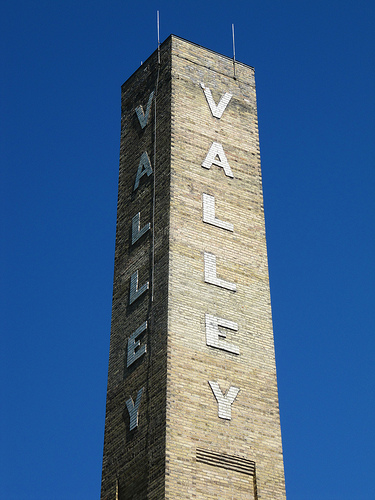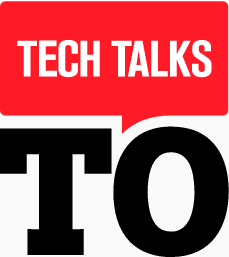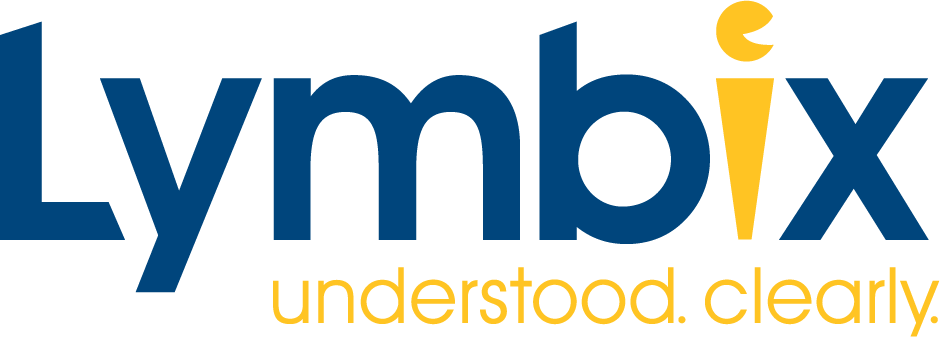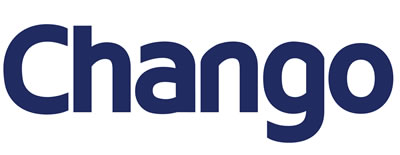
![]()
![]() Some rights reserved by Loozrboy
Some rights reserved by Loozrboy
I am a bit of a shrinking violet. And I hate expressing my opinion about things. Like most Canadians I’d rather apologies for things and be polite. But I hate when I get asked by journalists, policy makers and others about how do we make Toronto (or Waterloo, or Ottawa, or where ever), the next Silicon Valley. This is just such an asinine view of how macroeconomics works and the historical development of the ecosystem in Silicon Valley.
We should not try to be the next Silicon Valley or New York City or Shenzen or anything. We are Toronto. We are Montreal. We are Vancouver. We are Waterloo. We are something different. We should reject the label because it makes us look like fools. But we should learn from Silicon Valley as entrepreneurs and policy makers to create an environment that helps stimulate a similar environment.
This is an old conversation. Joey and I have talked about it in the past:
- Harnessing Hogtown’s Hominids for High-Tech Hijinks and Hubs
- Ideas to Steal from Silicon Valley & Seattle
- How to be Silicon Valley: Joey de Villa’s take on Paul Graham’s article, How to be Silicon Valley.
- On “How to be Silicon Valley”, Part 1: Comments on How to be Silicon Valley
- On “How to be Silicon Valley”, Part 2: Even more comments on How to be Silicon Valley.
- On “How to be Silicon Valley”, Part 3: In which Toronto high tech finds common ground with Toronto fashion.
- Silicon Valley Fight Club (or “How to be Silicon Valley, Part 4?): A private fight club made up of developers and engineers in Silicon Valley, and what it says about life there.
- On Becoming Silicon Valley, Part 5: Toronto developer David Janes’ take on How to Become Silicon Valley.
- On Becoming Silicon Valley, Part 6: My comments on Guy Kawasaki’s article, How to Kick Silicon Valley’s Butt.
Debunking the Myth of “The Next Silicon Valley”
Let’s start by removing the first myth that Toronto, and you can substitute in anywhere, can be the next Silicon Valley. Toronto does not exist in a valley. Sure there are valleys, like the Don River Valley in Toronto but the concentration of technology startups in this location is fairly low due in part to the conservation and provincial protections.
Silicon Valley was quoted in 1971 to describe the number of emerging semiconductor companies and the surrounding computing companies that were concentrated in the Santa Clara Valley between San Francisco and San Jose, California. As far as I’m aware there are a few companies in the GTA working in silicon like AMD. Ottawa might have been able to make a claim in the 1990s for the Silicon Valley North with companies like Nortel Networks, JDS Uniphase, Tundra Semiconductor, Newbridge Networks and others. But for Toronto, just not going to happen. Waterloo might also have a claim with Pixstream, Rapid Mind, MKS, Arise Technologies, Research in Motion, and others working in semiconductors, wireless, hardware and software.
Silicon Valley might at best be a concept for the concentration of new economic wealth creation. It is hard to argue about the amount of wealth created in the Silicon Valley region. It has been called “The Greatest Creation of Wealth in the History of the Planet”. The number of companies and the rise of modern venture capital has created a circuitous loop, a self-fulfilling prophecy, of companies and entrepreneurs that can generate more wealth. It has created the Traitorous Eight, the PayPal Mafia, Xooglers, the Facebook Mafia, the Netscape mafia that created Opsware & Andressen/Horowitz, etc. There are lots of reasons that regions should want to emulate the economic development that is present in Silicon Valley.
But the desire to emulate a region, does not mean that we should expropriate a label like “Silicon Valley” when in fact it has very little to do with the people, the environment, the economy that we are trying to build. I’m sure if we personified “Silicon Valley” it would be flattered, but we should be trying to be something different. We are something else.
Zombie Economies
No City has a Lock on Innovation by Fred Wilson (@fredwilson) refers to a great article by Chris Dixon (@cdixon):
“The entire world is now a rival to Silicon Valley. No country, state, region, nor city has a lock on innovation in technology anymore.
The Internet has made this so, and there’s no going back. We will see Apples and Facebooks get built in China, India, Brazil, Eastern Europe, Western Europe, the Middle East, Africa, and plenty of other places.”
We are competing globally. Don’t believe me, look at the firefight that our most recent billion dollar Canadian technology company is in for customers, brand, and it’s own survival. We need to build global companies. There are a great number of advantages to living in Canada, but we seem to be lead to by organizations that are interested in fighting for government dollars to build innovation clusters rather than creating new entrepreneurs and new wealth. Instead we’re happy to build a zombie-economy of companies around programs like SR&ED that are often used and abused by consultants and companies to sustain companies when there are no markets, no profits, no brains, no future. All things considered, free money is free money and as an entrepreneur in Canada I would/do apply for SR&ED credits and encourage others not to leave this on the table. But from a policy perspective, it drives me crazy! I hear about academics that run mediocre companies with <$2MM in revenue but sustain because of SR&ED. They’d rather raise 50 cents of government tax credits than “pivot” and get to “product-market fit” because that would require getting customers and actually understanding that we’re in this to build successful, sustainable companies.
SR&ED and credits from other programs (OMDC, New Media Funds, etc.) are economic realities of our ecosystem. It is capital that is available to entrepreneurs. It is potentially non-dilutive capital that can be leveraged for growth and operational efficiencies. It should be embraced and explored, but it should be understood in the context that every dollar of customer revenue is infinitely more valuable than any tax credit or government grant. We are in business. The role of a startup is to find a scaleable business model, you might not find it the first time and the freedom/flexibility that programs like SR&ED offer you is the ability to get it wrong, to pivot and to try again. These programs are not a life support system for a bunch of non-businesses (or the people that can’t find a scaleable business model).
The Next Silicon Valley
Who knows where it will be? Fred Wilson assumes that “we will see Apples and Facebooks get built in China, India, Brazil, Eastern Europe, Western Europe, the Middle East, Africa, and plenty of other places”. This is great news for Canada and Toronto. Toronto is a diverse immigration hub:
- Between 2001 and 2006, Canada received 1,109,980 international immigrants. The City of Toronto welcomed about one quarter of all immigrants (267,855) to Canada during this period of about 55,000 annually.
- Half of Toronto’s population (1,237,720) was born outside of Canada, up from 48 per cent in 1996.
Much of what we think of as innovation, is really just the creative tension between differing viewpoints. Toronto is diverse. We are home to many different cultures, peoples, ideas and ideologies. We have the basis to be a gateway to the rest of the world as we transition out of the American Century into something new. We are an excellent breeding ground for the mashup of culture’s, people, and ideas. The next Silicon Valley might not be in Canada, but we could become the bridge between cultures.
What can you do?
“Fortune favors the connected entrepreneur.” @jcal7 #trueuniversity via @hnshah
- Stop referring to any part of Canada as Silicon Valley North.
- Set your expectations high! Don’t aim to be the Facebook for Canada. Why? Because the Facebook for Canada is Facebook! You need to be trying to build global companies, and you might validate it locally first. You want to play in the sandbox with the big kids, you need to act like you can play with the big kids.
- Stop thinking it will be easier if you move to the Valley. If you really feel that your only solution or course of action is to move to the Valley, then go, and show me that you can make it there. Otherwise it is just hot air, and a regurgitation of some rhetoric you read on TechCrunch or VentureBeat. If you can make it Silicon Valley or Hollywood, you should go try and stop telling me that it is easier to make it there than here.
- Start talking about all of the other great companies in Canada. We can all be coopetition. Help your friends. Make frenemies. The more people talking about activities, startups and people in Canada the better. There are a tonne of great startups and we all need to be ambassadors for the community as a whole. End your pitch deck with: 5 most recent fundings of Canadian companies and 5 other startups in Canada any potential investor might be interested in.
- Support legislation that makes it easier for entrepreneurs to immigrate to Canada. Support Startup Visa Canada. This can’t and won’t hurt any of your chances of making it. To be protectionary or isolationist is silly. Embrace one of the things that makes Canada great.










